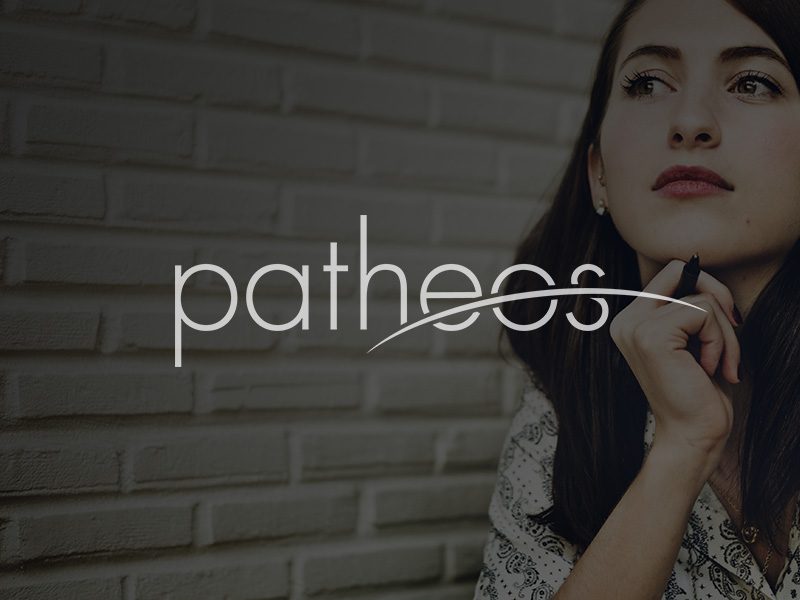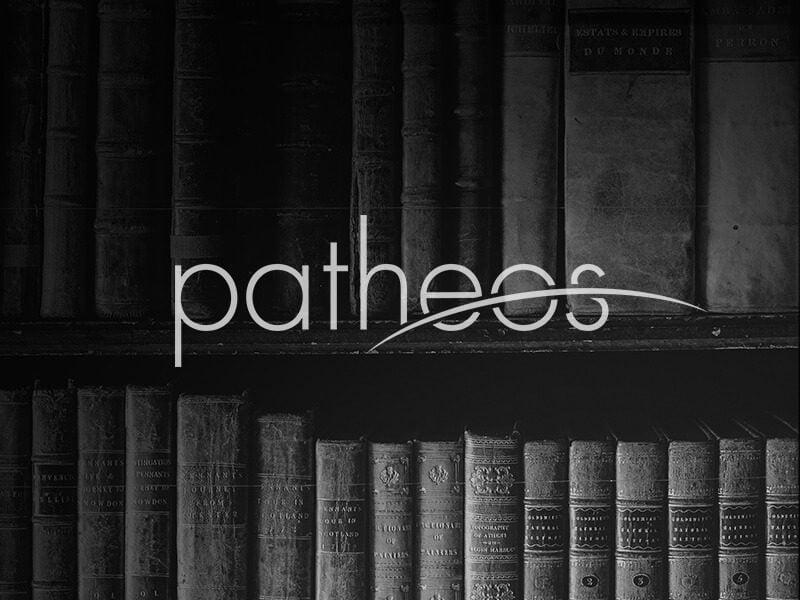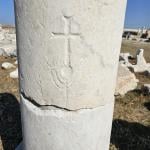In warning his readers against bowing to idols in his Exhortation to Martyrdom ( Origen: An Exhortation to Martyrdom, Prayer, and Selected Works , p. 75 ), Origen finds that he has to address an issue in the philosophy of language. If “names are merely conventional and have no relations to the things for which the names stand,” then a Christian might be tempted to say “I worship Dios/Zeus,” thinking that they haven’t actually abandoned Christ. Such people have to... Read more















